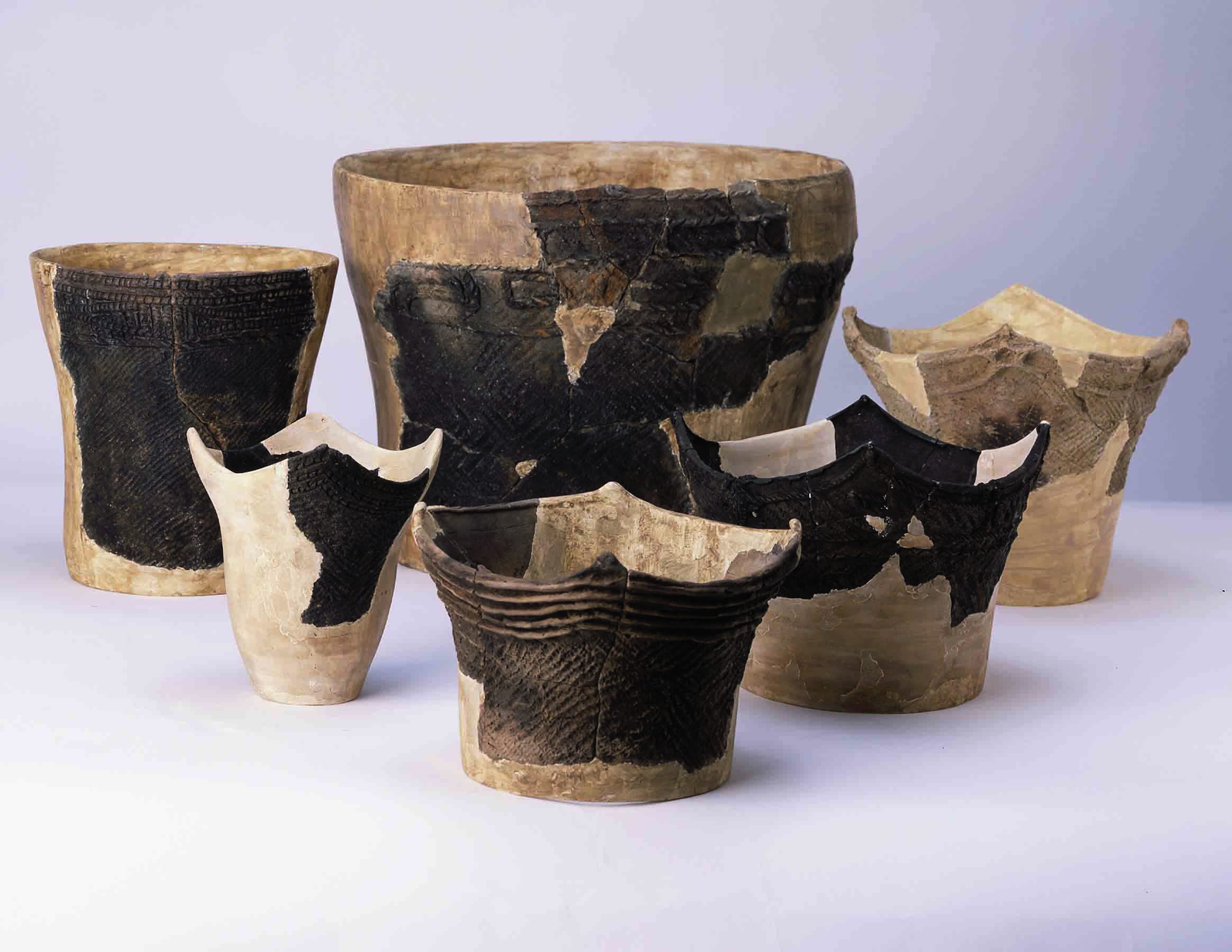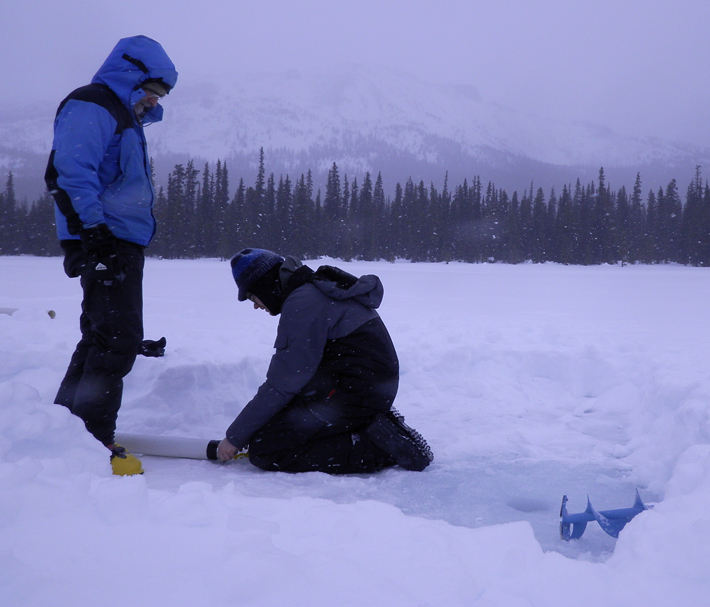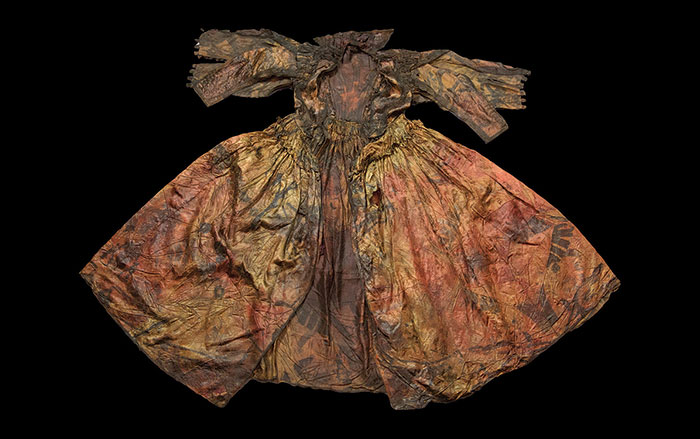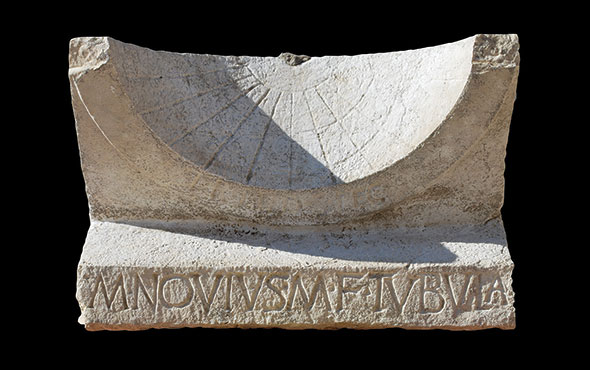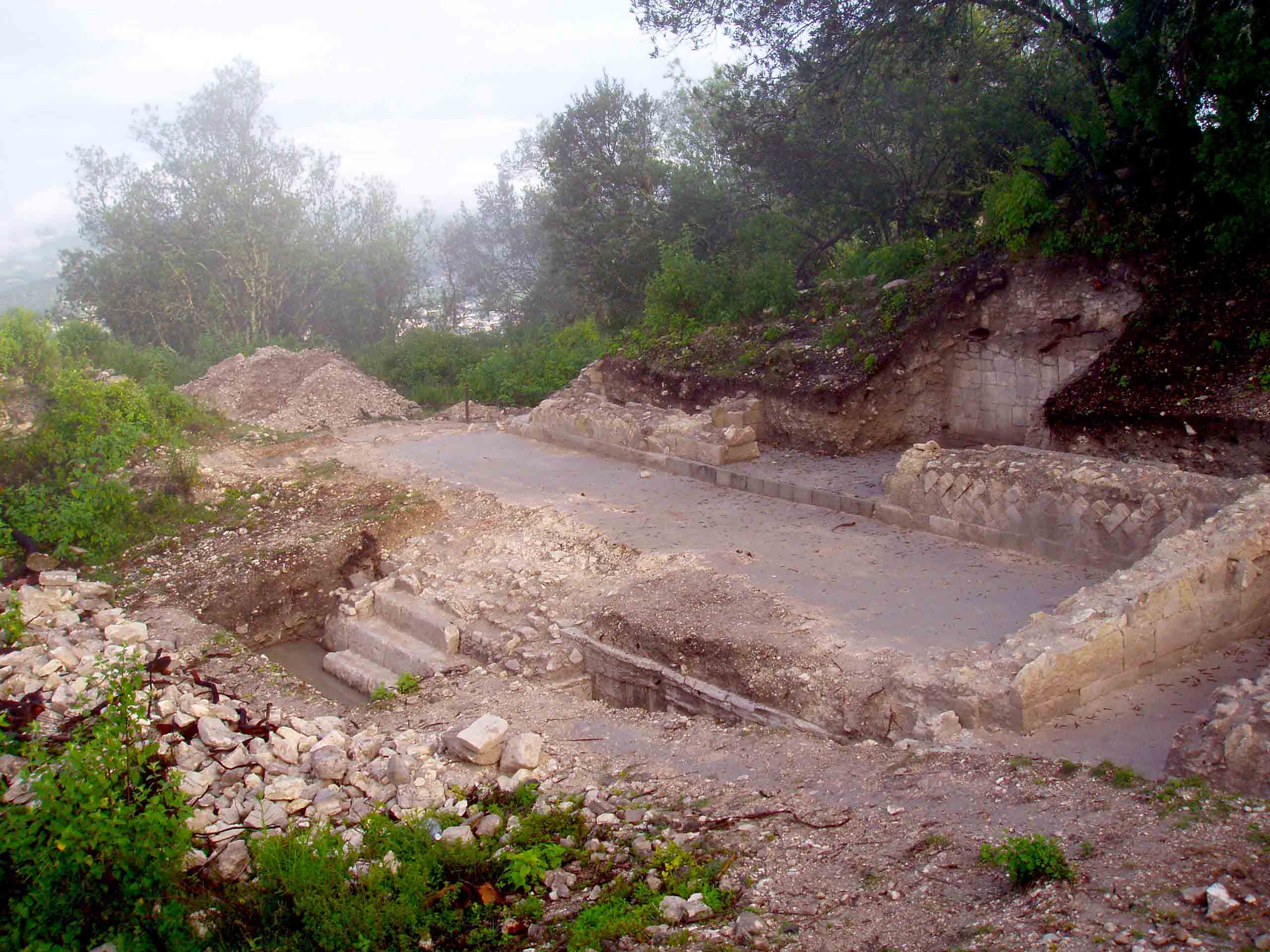
KILLEEN, TEXAS—According to a Texas Standard report, some 150,000 stone artifacts have been found at the Gault archaeological site in central Texas, in the layers below the sediments that contained Clovis artifacts. First discovered in the 1920s in Clovis, New Mexico, Clovis-style tools were thought to have been made by the earliest Americans some 13,000 years ago. The sediments surrounding the newly discovered artifacts were dated with optically simulated luminescence, which measures the amount of time that has lapsed since the sediments were last exposed to heat or sunlight. Archaeologist Tom Willliams of Texas State University said the tests suggest the projectile points in the Gault site’s lower layers are between 16,000 and 20,000 years old. “Right now we find no other technology that looks like this assemblage,” he added. The research team therefore suggests that the people who made Clovis-style tools migrated into a region that already had an established population. To read more about the Gault site, go to "Destination: The Americas."



